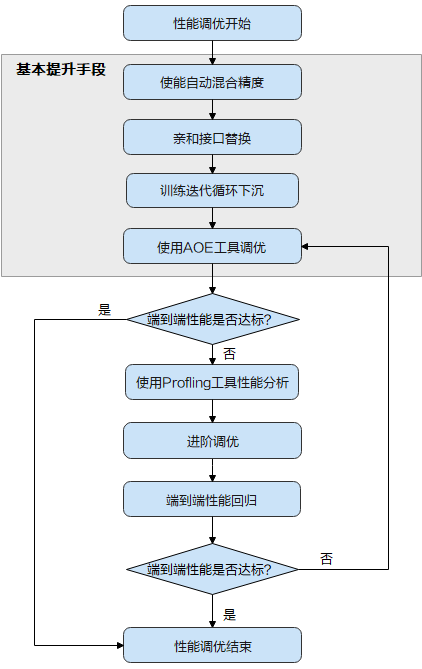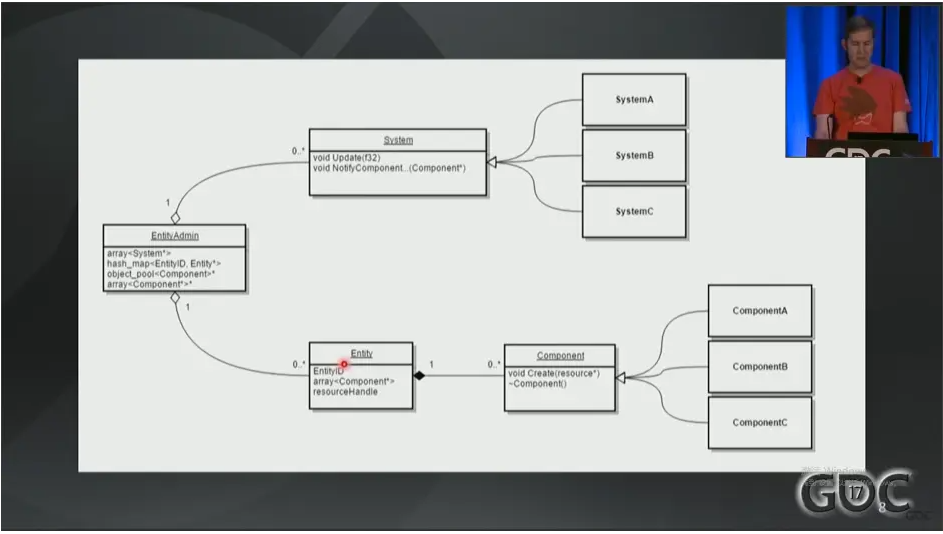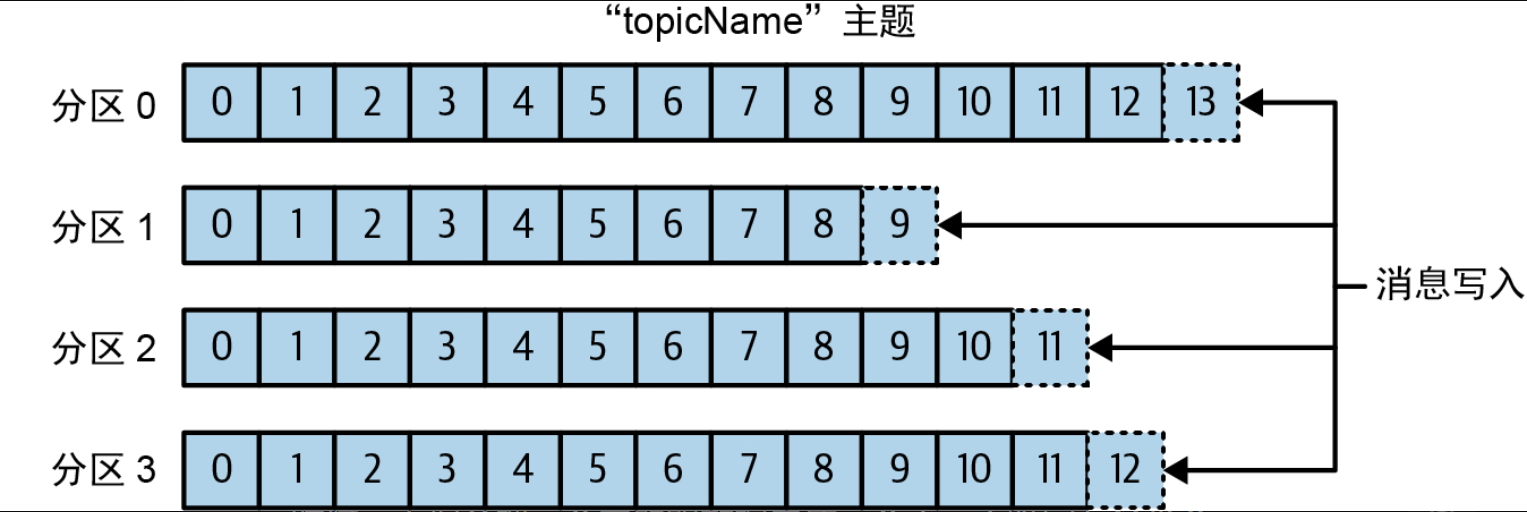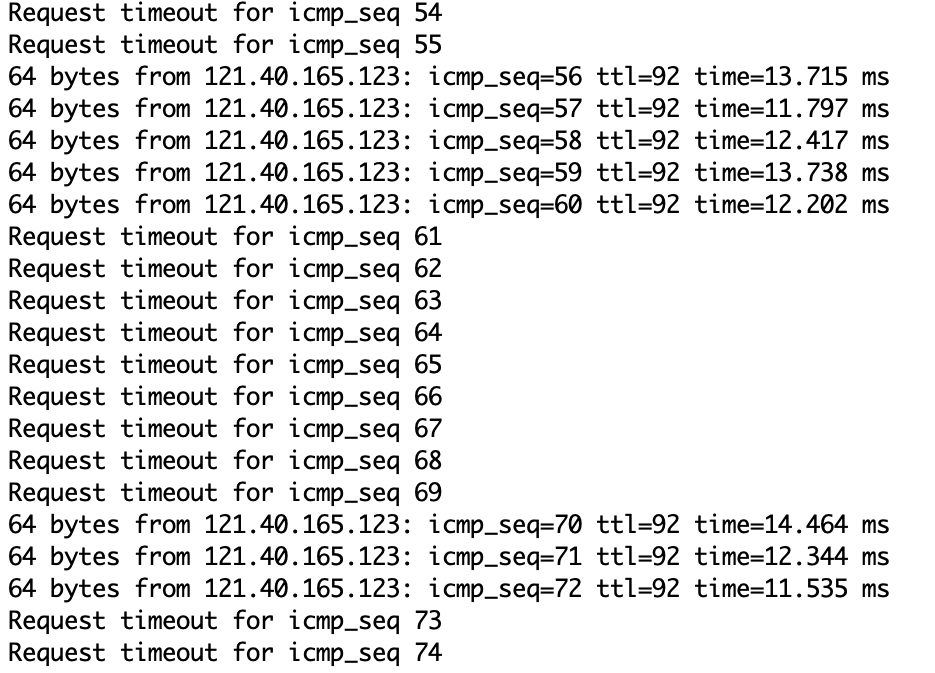Windows server 共享的文件操作日志默认是没有打开的,需要手动打开,本篇文章将详细说明如何打开。并且如何将这个日志输出到ELK日志系统中。
手动打开操作日志
1、打开你的共享审核功能
举例:我需要监控D盘的文件读取、写入、删除等操作
- 右键D盘属性

-
安全 高级 审核 继续


-
添加需要监视的用户跟权限,操作如下


2、设置本地安全策略
-
进入本地安全策略

-
如下图找到「审批对象访问」,双击修改属性为成功

3、测试是否成功
进入刚刚设置了审核的目录,我这进入D盘,在D盘下创建文件或目录,然后将它删除。操作完后如下查看确认是否有日志存在
- 打开事件查看器

- 单击进入安全

- 日志太多筛选一下日志,如下图

- 刚我将「 D:测试共享盘可删\新建文件夹\2023-02-08 」删除了,可以看一下我的日志信息如下:

将日志传到ELK日志系统
假设目前你已经有一套ELK系统了,直接跳过。不会的可以看一下我的历史文章
rpm+二进制包部署ELK
Docker部署ELK
1、安装winlogbeat
- 下载软件
我已将我的包上传到云盘了,有需要点我下载
- 解压 将文件夹放至长期不动的固定目录下(只是建议),例如我这放到
C:\Program Files下 - 进入文件夹,双击修改
winlogbeat.yml文件,需要修改的配置都有用中文注释了如下
###################### Winlogbeat Configuration Example ########################
# This file is an example configuration file highlighting only the most common
# options. The winlogbeat.reference.yml file from the same directory contains
# all the supported options with more comments. You can use it as a reference.
#
# You can find the full configuration reference here:
# https://www.elastic.co/guide/en/beats/winlogbeat/index.html
# ======================== Winlogbeat specific options =========================
# event_logs specifies a list of event logs to monitor as well as any
# accompanying options. The YAML data type of event_logs is a list of
# dictionaries.
#
# The supported keys are name (required), tags, fields, fields_under_root,
# forwarded, ignore_older, level, event_id, provider, and include_xml. Please
# visit the documentation for the complete details of each option.
# https://go.es.io/WinlogbeatConfig
winlogbeat.event_logs:
- name: Application
ignore_older: 72h
- name: System
- name: Security
processors:
- script:
lang: javascript
id: security
file: ${path.home}/module/security/config/winlogbeat-security.js
- name: Microsoft-Windows-Sysmon/Operational
processors:
- script:
lang: javascript
id: sysmon
file: ${path.home}/module/sysmon/config/winlogbeat-sysmon.js
- name: Windows PowerShell
event_id: 400, 403, 600, 800
processors:
- script:
lang: javascript
id: powershell
file: ${path.home}/module/powershell/config/winlogbeat-powershell.js
- name: Microsoft-Windows-PowerShell/Operational
event_id: 4103, 4104, 4105, 4106
processors:
- script:
lang: javascript
id: powershell
file: ${path.home}/module/powershell/config/winlogbeat-powershell.js
- name: ForwardedEvents
tags: [forwarded]
processors:
- script:
when.equals.winlog.channel: Security
lang: javascript
id: security
file: ${path.home}/module/security/config/winlogbeat-security.js
- script:
when.equals.winlog.channel: Microsoft-Windows-Sysmon/Operational
lang: javascript
id: sysmon
file: ${path.home}/module/sysmon/config/winlogbeat-sysmon.js
- script:
when.equals.winlog.channel: Windows PowerShell
lang: javascript
id: powershell
file: ${path.home}/module/powershell/config/winlogbeat-powershell.js
- script:
when.equals.winlog.channel: Microsoft-Windows-PowerShell/Operational
lang: javascript
id: powershell
file: ${path.home}/module/powershell/config/winlogbeat-powershell.js
# ====================== Elasticsearch template settings =======================
setup.template.settings:
index.number_of_shards: 1
#index.codec: best_compression
#_source.enabled: false
# setup.template.enabled: true
# setup.template.overwrite: true
# setup.dashboards.index: "share-*"
# setup.ilm.enabled: false
# ================================== General ===================================
# The name of the shipper that publishes the network data. It can be used to group
# all the transactions sent by a single shipper in the web interface.
#name:
# The tags of the shipper are included in their own field with each
# transaction published.
#tags: ["service-X", "web-tier"]
# Optional fields that you can specify to add additional information to the
# output.
#fields:
# env: staging
# ================================= Dashboards =================================
# These settings control loading the sample dashboards to the Kibana index. Loading
# the dashboards is disabled by default and can be enabled either by setting the
# options here or by using the `setup` command.
#setup.dashboards.enabled: false
# The URL from where to download the dashboards archive. By default this URL
# has a value which is computed based on the Beat name and version. For released
# versions, this URL points to the dashboard archive on the artifacts.elastic.co
# website.
#setup.dashboards.url:
# =================================== Kibana ===================================
# Starting with Beats version 6.0.0, the dashboards are loaded via the Kibana API.
# This requires a Kibana endpoint configuration.
setup.kibana:
# Kibana Host
# Scheme and port can be left out and will be set to the default (http and 5601)
# In case you specify and additional path, the scheme is required: http://localhost:5601/path
# IPv6 addresses should always be defined as: https://[2001:db8::1]:5601
#host: "localhost:5601"
# Kibana Space ID
# ID of the Kibana Space into which the dashboards should be loaded. By default,
# the Default Space will be used.
#space.id:
# =============================== Elastic Cloud ================================
# These settings simplify using Winlogbeat with the Elastic Cloud (https://cloud.elastic.co/).
# The cloud.id setting overwrites the `output.elasticsearch.hosts` and
# `setup.kibana.host` options.
# You can find the `cloud.id` in the Elastic Cloud web UI.
#cloud.id:
# The cloud.auth setting overwrites the `output.elasticsearch.username` and
# `output.elasticsearch.password` settings. The format is `<user>:<pass>`.
#cloud.auth:
# ================================== Outputs ===================================
# Configure what output to use when sending the data collected by the beat.
# ---------------------------- Elasticsearch Output ----------------------------
output.elasticsearch:
# Array of hosts to connect to.
# 修改为你的es IP地址,如果你是es集群的话拿都需要加进来。例如我ES集群中有三台那么便都添加了。
hosts: ["10.11.48.159:9200","10.12.48.161:9200","10.13.48.160:9200"]
# 修改存入的ES索引名称,默认索引名称是 winlogbeat开头的,可能你有多个winlogbeat那么名称会冲突,建议修改。
index: "share-%{+yyyy.MM.dd}"
# Protocol - either `http` (default) or `https`.
#protocol: "https"
# Authentication credentials - either API key or username/password.
#api_key: "id:api_key"
#username: "elastic"
#password: "changeme"
# ------------------------------ Logstash Output -------------------------------
#output.logstash:
# The Logstash hosts
#hosts: ["localhost:5044"]
# Optional SSL. By default is off.
# List of root certificates for HTTPS server verifications
#ssl.certificate_authorities: ["/etc/pki/root/ca.pem"]
# Certificate for SSL client authentication
#ssl.certificate: "/etc/pki/client/cert.pem"
# Client Certificate Key
#ssl.key: "/etc/pki/client/cert.key"
# ================================= Processors =================================
processors:
- add_host_metadata:
when.not.contains.tags: forwarded
- add_cloud_metadata: ~
# ================================== Logging ===================================
# Sets log level. The default log level is info.
# Available log levels are: error, warning, info, debug
#logging.level: debug
# At debug level, you can selectively enable logging only for some components.
# To enable all selectors use ["*"]. Examples of other selectors are "beat",
# "publisher", "service".
#logging.selectors: ["*"]
# ============================= X-Pack Monitoring ==============================
# Winlogbeat can export internal metrics to a central Elasticsearch monitoring
# cluster. This requires xpack monitoring to be enabled in Elasticsearch. The
# reporting is disabled by default.
# Set to true to enable the monitoring reporter.
#monitoring.enabled: false
# Sets the UUID of the Elasticsearch cluster under which monitoring data for this
# Winlogbeat instance will appear in the Stack Monitoring UI. If output.elasticsearch
# is enabled, the UUID is derived from the Elasticsearch cluster referenced by output.elasticsearch.
#monitoring.cluster_uuid:
# Uncomment to send the metrics to Elasticsearch. Most settings from the
# Elasticsearch output are accepted here as well.
# Note that the settings should point to your Elasticsearch *monitoring* cluster.
# Any setting that is not set is automatically inherited from the Elasticsearch
# output configuration, so if you have the Elasticsearch output configured such
# that it is pointing to your Elasticsearch monitoring cluster, you can simply
# uncomment the following line.
#monitoring.elasticsearch:
# ============================== Instrumentation ===============================
# Instrumentation support for the winlogbeat.
#instrumentation:
# Set to true to enable instrumentation of winlogbeat.
#enabled: false
# Environment in which winlogbeat is running on (eg: staging, production, etc.)
#environment: ""
# APM Server hosts to report instrumentation results to.
#hosts:
# - http://localhost:8200
# API Key for the APM Server(s).
# If api_key is set then secret_token will be ignored.
#api_key:
# Secret token for the APM Server(s).
#secret_token:
# ================================= Migration ==================================
# This allows to enable 6.7 migration aliases
#migration.6_to_7.enabled: true
# 如果你修改了索引名称则以下配置也需要增加,不然无法生效。这里的share命名需与上面的index命名前缀一致。
setup.template.enabled: true
setup.template.overwrite: true
setup.template.name: "share"
setup.template.pattern: "share-*"
setup.ilm.enabled: false
- 检查配置
# 进入目录
cd "C:\Program Files\winlogbeat-7.13.0-windows-x86_64"
.\winlogbeat.exe test config -c .\winlogbeat.yml -e
检查期间如果提示为OK,说明配置文件没问题

- 输入一下命令启动
# 进入目录
cd "C:\Program Files\winlogbeat-7.13.0-windows-x86_64"
# 执行下面命令后,需要输入Y,回车。启用执行不信任的脚本功能
Set-ExecutionPolicy -ExecutionPolicy RemoteSigned
# 将winlogbeat注册成系统服务
.\install-service-winlogbeat.ps1
# 启动
Start-Service winlogbeat
- 检查确认
需要确认两个地方分别是:
- 在Windows winlogbeat 是否启动
- kibana是否存在了刚才创建的索引
- 测试
删除或者创建文件,然后在kibana中搜索。搜索删除语法event.code:"4663" and message : DELETE

PS:kibana的使用自行探索,在此不做介绍了哦
参考链接
https://blog.csdn.net/yk20091201/article/details/90756738
https://www.cnblogs.com/lhxsoft/p/15994432.html
https://blog.csdn.net/weixin_43719616/article/details/114790067
https://iminto.github.io/post/filebeat%E4%BF%AE%E6%94%B9index%E7%9A%84%E4%B8%80%E4%B8%AA%E5%9D%91/



























